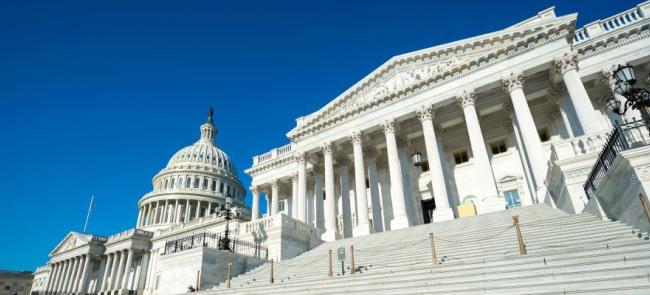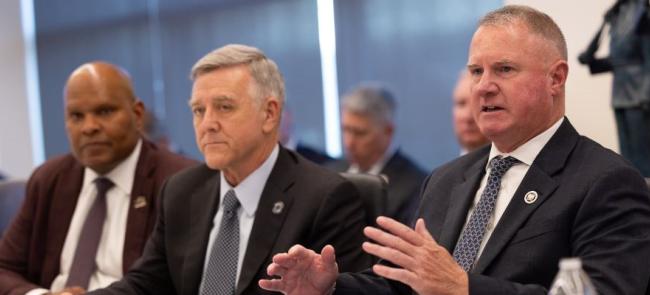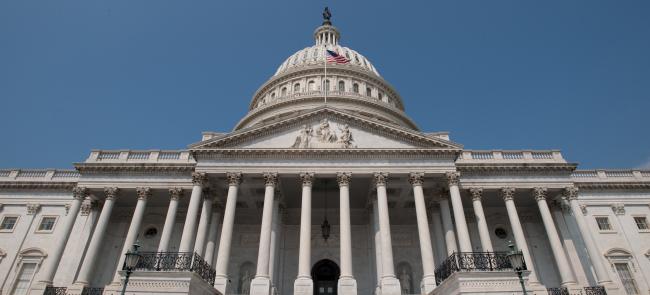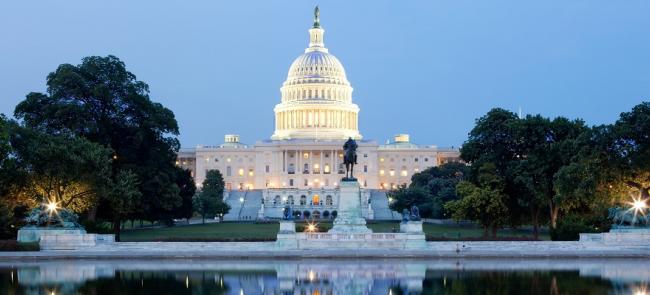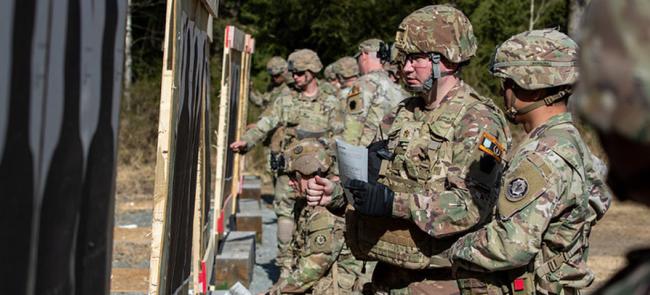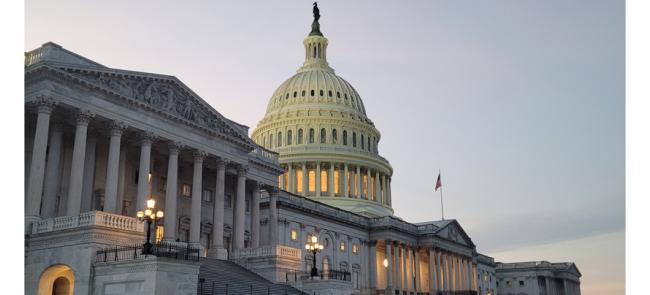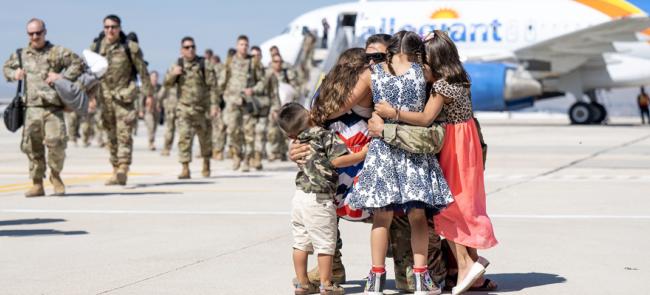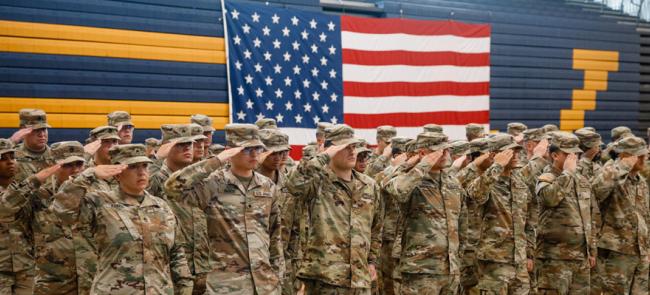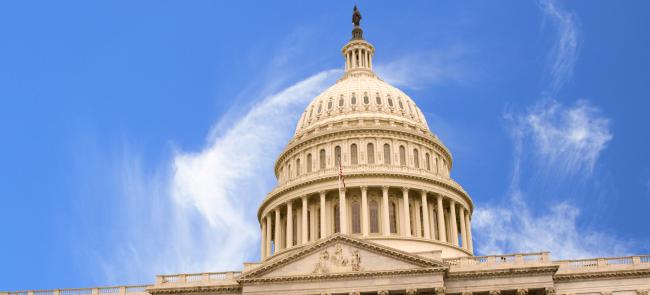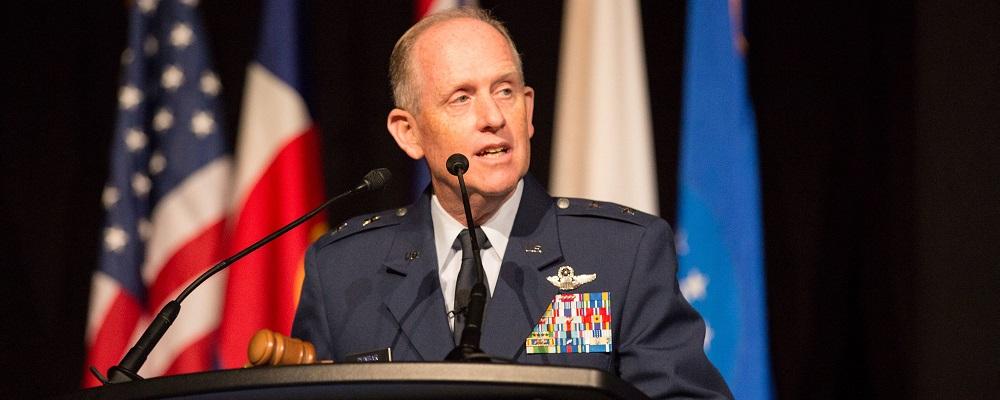
We are now in the second month of fiscal 2020, but it might as well be the 14th month of fiscal 2019.
Why? Because Congress has not yet reached agreement on defense appropriations for fiscal 2020. This piece of legislation specifies expenditures for the Defense Department, including the National Guard; and, when combined with the annual National Defense Authorization Act, enables DoD to conduct business.
Let’s be clear, both consistent defense appropriations and an annual NDAA are critical to the nation.
To give themselves more time to reach agreement on appropriations, Congress passed a stopgap budget called a continuing resolution just before Oct. 1.The government stays open, but with the previous year’s funding levels and no new programs.
The same thing also happened eight out of the previous nine years, with the CR lasting varying lengths.
A delayed budget affects federal agencies differently, but the affect is dramatic on DoD, particularly the Guard and Reserves, and a CR can take a real toll on readiness and modernization.
The prohibition on new programs is a big issue. There also can be no changes to existing programs, whether it’s ramping up an effort or cancelling something. Consequently, many new modernization programs set to begin or change in fiscal 2020 are on hold, which not only delays action, but can also drive up their cost.
The list of these systems is long. Here are just a few: new UH-60 Black Hawk helicopters, upgraded Stryker vehicles, upgrades to fixed-wing aircraft and a new hypersonic missile. The National Guard often is included in these programs, which affect our units and our readiness.
In addition, the process to draw funds from the National Guard and Reserve Equipment Account, which is vital to Guard and Reserve modernization, cannot begin until Congress passes defense appropriations legislation.
Guard training also takes a hit. Commanders have a hard time planning training, scheduling pilot flight hours and sending other personnel to schools when they don’t know how much money is available.
Some commanders have even gotten into the habit of delaying major training until later in the fiscal year, when full funding is more likely to be in place. When they do, we risk trying to cram 12 months of requirements into a much tighter schedule. This turbulence affects families and employers as well.
And the longer the CR goes, the greater the impact. The current CR runs through Nov. 21, but a month-long extension is in the works as I write this. Some in Washington believe a full-year CR is possible.
There is good news. Lawmakers have already agreed on the budget topline spending totals and this, in effect, negates sequestration, which ends in fiscal 2021. The problem is the details. There are many areas of contention and, until Congress resolves them, readiness will be affected.
Progress has also stalled on the NDAA. Congress has passed and the president signed a defense authorization act for 58 consecutive years. This year, however, there is talk of passing a “skinny NDAA” that would include only a few items. This is a possible backup option if consensus cannot be found on the broader bill.
This is a critical piece of legislation, which routinely enjoys bipartisan support. Over the decades, NGAUS has convinced lawmakers countless times to include provisions that have expanded Guard benefits and equipment.
As NGAUS chairman, I urge Congress to come to agreement on defense appropriations and a full NDAA. The sooner this work is completed, the better able we are to do our job. It’s a dangerous world and we need to remain ready.
If you agree, I urge you to share your view with your elected officials. It only takes a moment to pick up the phone or send them an email.
We need fiscal 2020 appropriations and an NDAA.


